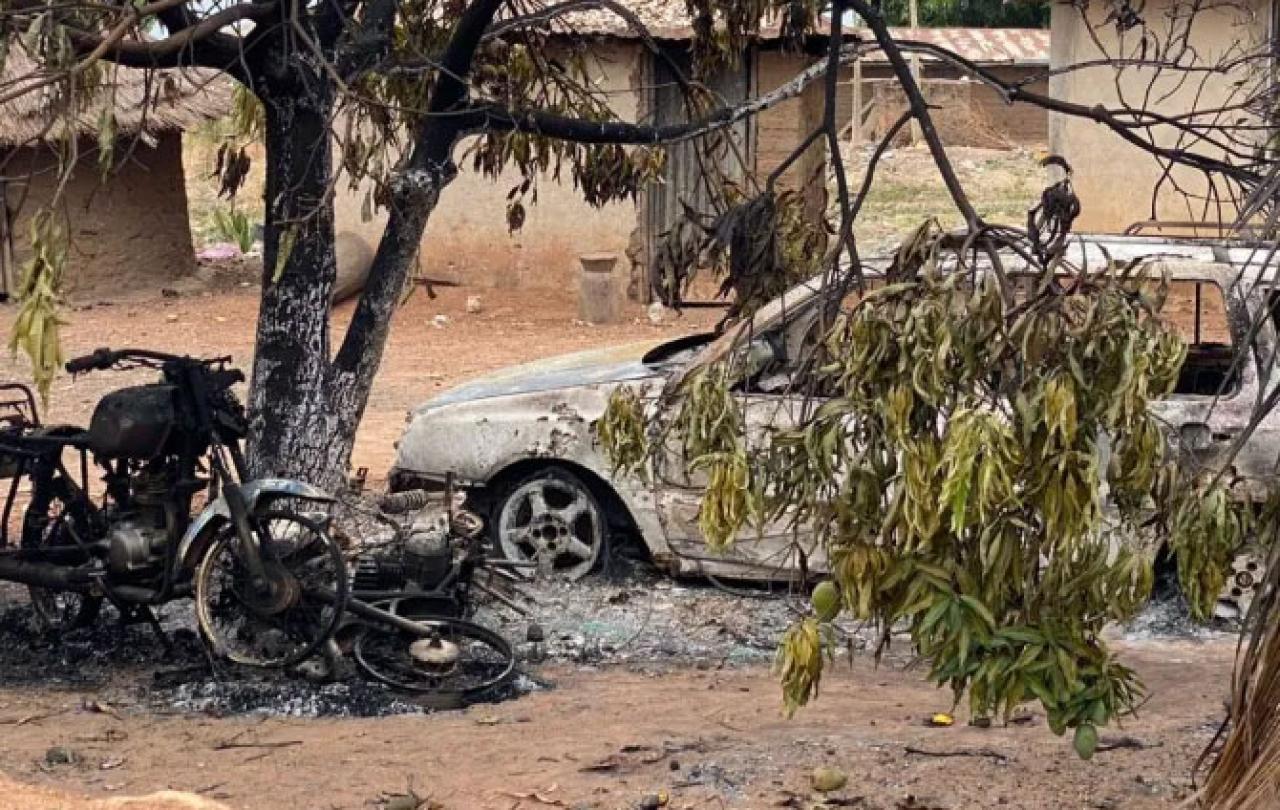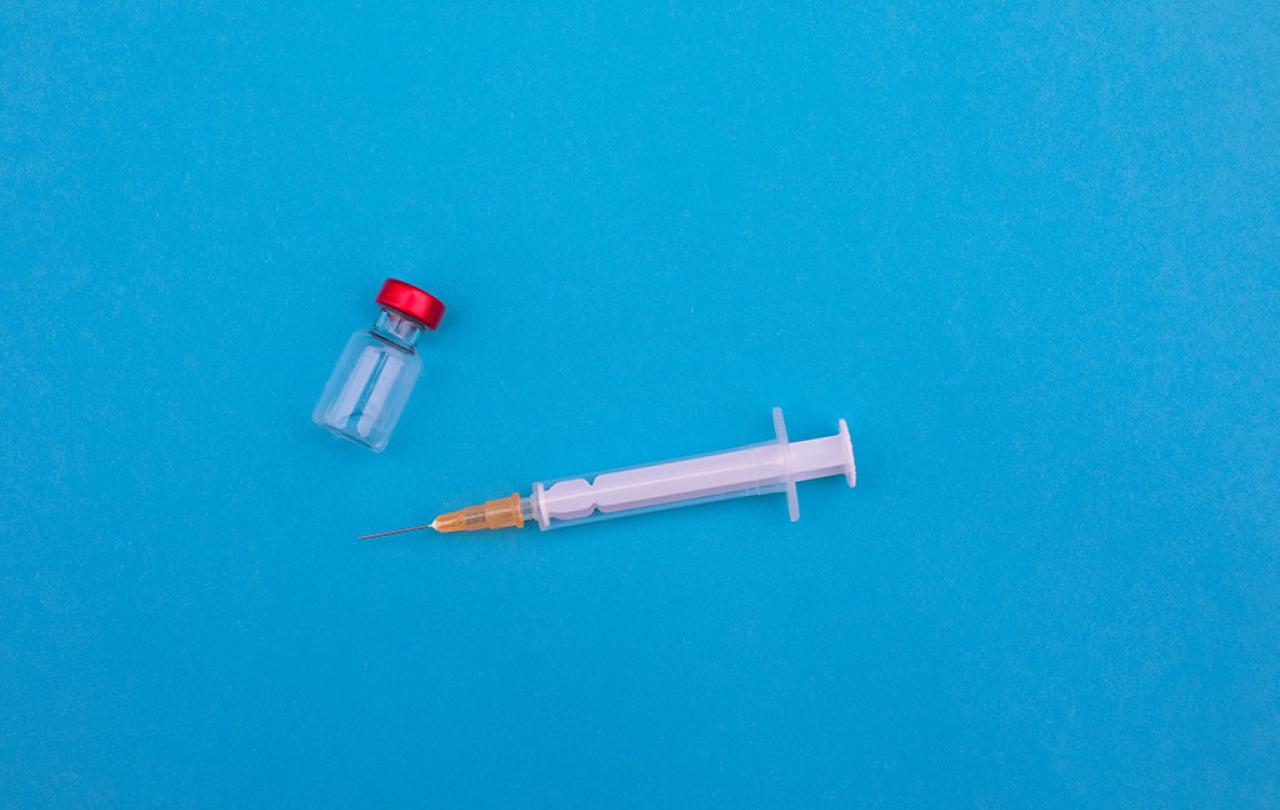
Moments ago a Christian was killed in Nigeria—again. For the 100 million Christians living in Nigeria, news of brutal murders of their fellow worshippers has become commonplace. Every day 14 Christians in Nigeria die because of their faith. Nigeria is a land of extreme paradoxes known for many things. It’s one of the world’s leading oil producers. It’s home to the globally popular Afrobeats music scene. Its distinguished citizens include director-general of the World Trade Organisation Ngozi Okonjo-Iweala, president of the African Development Bank Akinwumi Adesina, Deputy Secretary-General of the United Nations Amina Mohammed, and former president of the International Criminal Court Chile Eboe-Osuji, just to name a few. Its global diaspora of 17 million consists of Nigerians working in positions of power in virtually every industry imaginable. From banking, finance, and tech to professional sports, higher education, healthcare, culinary arts, and consulting, there is not a single major industry in the world whose list of leaders does not include a Nigerian name.
But just as every coin has two sides, so does Nigeria. Nigeria's story is incomplete without explaining its hellish underbelly. Well over 60 per cent of Nigeria's population, or at least 133 million of its citizens, live in a state of multidimensional poverty. The vast oil wealth generated by its oil industry only benefits a minuscule sliver of its elephantine population.
Nigeria is the global leader in anti-Christian violence. Since 2009, over 52,000 Christians have been killed in Nigeria by Islamist extremists. In the last 15 years, over 18,000 churches and 2,200 schools in Nigeria have been set on fire. Open Doors, a charity whose mission focuses on providing support to persecuted Christians globally, estimates that 90 per cent of murders targeting Christians across the world in 2022 took place in Nigeria. Islamist extremists killed at least 145 Nigerian Catholic priests in 2022 alone.
Anti-Christian violence is evil just like antisemitic and Islamophobic violence are both evil.
For people enjoying religious freedom in Europe and the United States, violence against Christians feels like a thing of the past. The concept of anti-Christian violence in the West triggers thoughts of Europe's religious wars in the 16th, 17th, and early 18th centuries, or The Troubles between Protestants and Catholics in Northern Ireland in the 20th century.
However, the scale of anti-Christian violence in Nigeria puts it in a league of its own. In the West we take for granted the freedom of religion because we have had it for so long. It is human nature to take for granted the aspects of life we have grown most accustomed to. Ongoing war between Israel and Hamas has reignited in Western public debate the pervasive, threatening existence of antisemitism and Islamophobia in Western societies.
But why has the consistent, monstrously murderous Christophobia in Nigeria that has unfolded in the last two decades not cemented its place within Western public discourse? Do Christians in the West only demand action when White Christians get murdered? Are 52,000 brutal, gory killings of Black Christian bodies in Sub-Saharan Africa not sufficient reason for the powers that be in global Christian society to mobilise their vast political, military, and economic resources to intervene, protect, and bring peace?
Christians running for their lives in Nigeria are as much part of the bride of Christ as Southern Baptists sipping sweet tea in Alabama on a Sunday afternoon.
Violence against Christians is not a thing of the past. It is as real a phenomenon today as it has ever been. Few states in the Majority World have developed for themselves a reputation for institutional ineptitude and malfeasance more so than Nigeria. Solutions for ending Nigeria's anti-Christian violence will not come from the Nigerian state. Instead, they must come from the religious sector, civil society, foreign governments, and private actors. Anti-Christian violence in Nigeria is not motivated solely by extremist Islamist zealotry, albeit the influence of this element certainly plays a part. Poverty, competition for scarce resources, and relative deprivation along with educational underdevelopment and political profiteering on the heel of Christophobia are collectively responsible for these violent acts.
In Christian theology, Jesus Christ has a bride; this bride is the church, or all who believe in Christ and follow his teachings. Christians running for their lives in Nigeria are as much part of the bride of Christ as Southern Baptists sipping sweet tea in Alabama on a Sunday afternoon, Anglicans enjoying a Sunday roast, or Pentecostals in São Paolo playing football on the beach after a midweek worship service. The killing of one Christian in Nigeria is an assault on the 2.4 billion Christians living across the world. Christ has only one bride, and He lovingly cares for each member of His bride equally, overwhelmingly, and powerfully.
Anti-Christian violence is evil just like anti-semitic and Islamophobic violence are both evil. Western media’s reluctance to report about these murders and offer platforms to activists, clerics, and stakeholders whose voices can help galvanise support for ending this violence cannot be separated from irreducibly influential Western religious gazes that dehumanise and deprioritise the lives, experiences, and sufferings of non-White Christians globally. Until anti-Christian violence in Nigeria comes to an end, the collective dignity of Christians worldwide will remain tainted by a scourge those with power are too apathetic to eradicate.





